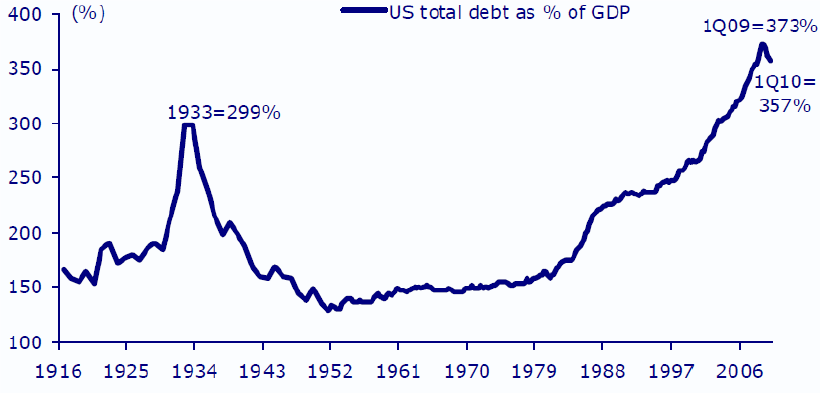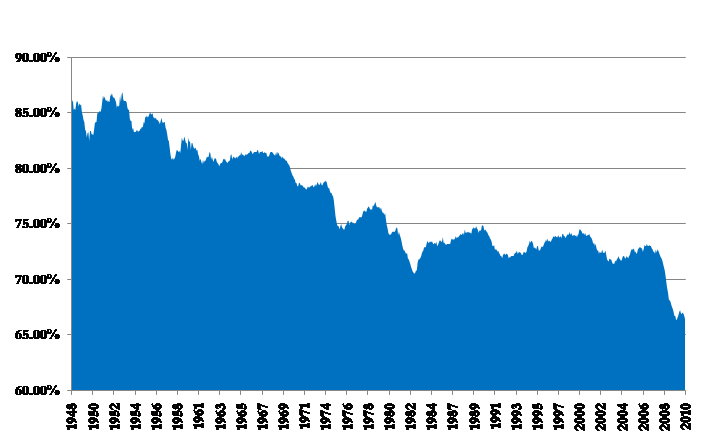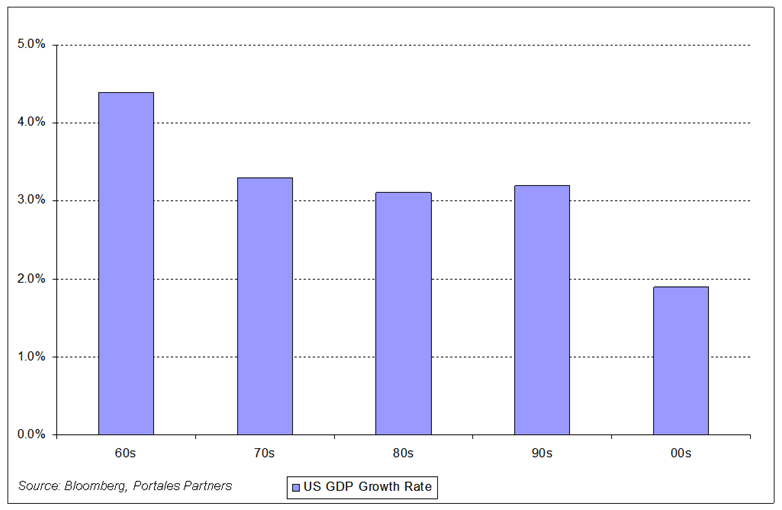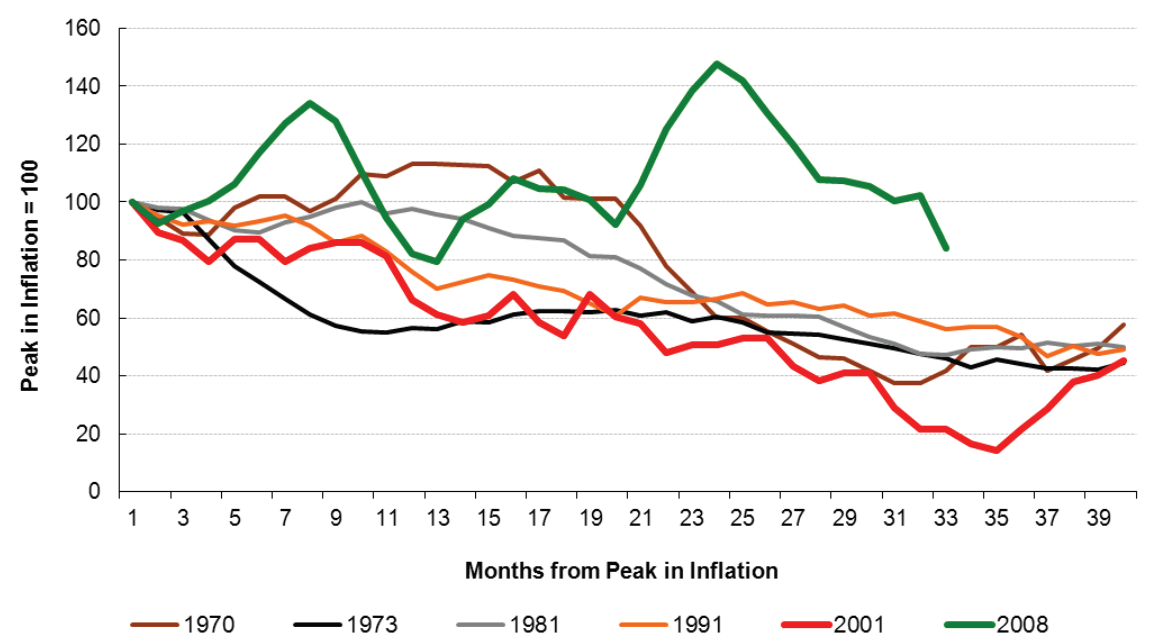Equinox Partners, L.P. - Q3 2010 Letter
Dear Partners and Friends,
PERFORMANCE & PORTFOLIO
Equinox Partners appreciated 15.1% in the quarter ended September 30, 2010. As of November 30, 2010, our fund was up 37.4% for the year-to-date.
Short-Term Gain, Long-Term Pain
The American recession is officially over and most economists are forecasting a continuation of the current recovery. Beneath this thin veneer of normalcy, historic macroeconomic and political forces continue to shape the investment environment. From currency pegs and capital controls to sovereign default and debt monetization, financial history remains at a crossroads and our portfolio’s unusual configuration continues to reflect the historic importance of this moment. We are long gold and silver mines and short developed world debt in anticipation of further debt induced currency debasement. We also remain long superior businesses operating in countries that are not beset by the problems that have so encumbered America.
Our pessimism about America’s short and medium term economic prospects has only grown over the past two years as the policy response and mainstream interpretation of the crisis have become clear. The crisis of 2008 should have served as a wakeup call to the dangers of over indebtedness, but it has perversely had the opposite effect. Instead of focusing on ways to reduce America’s immense debt burden, policymakers over the past two years have dreamed up a raft of programs actually encouraging Americans to borrow more and banks to lend freely.
Miraculously, lost in the effort to arrest a slight dip in America’s debt is any mention of the obvious fact that the cure being offered is the same as the disease from which we suffer—namely debt. In fact, to the extent that policymakers succeed in getting debt levels rising again, they will also succeed in aggravating our long-term debt problem.
Even bank regulators, those left cleaning up the mess when the party is over, have failed to extract any substantive improvements. Instead, they have settled for inaction masquerading as action. The Basel Committee on Bank Supervision, for example, has proposed higher but still inadequate capital requirements in the distant future while acceding to spectacularly low capital requirements for the time being, a strategy that calls to mind St. Augustine’s famous plea: “Give me chastity, just not yet.”
In the American context, trading off short-term gain for deferred pain ignores the reality that with America’s structural employment problem and declining long-term growth rate there never will be a good time to restrict credit growth (see following two graphs). It also ignores the political reality that in normal times banks can thwart any attempt to fundamentally change their capital structure. Only when banks are at their weakest both financially and politically is it possible to impose upon them truly adequate capital requirements. That moment of policy opportunity having passed, it will be much more difficult to constrain banks as the cost of bank bailouts fades from public memory.
Despite their absence from the current debate, the long-term consequences of too much debt merit serious thought. Chief among these consequences is an inability of the Federal Reserve to contain inflation. By making large sectors of our economy too fragile to handle meaningfully positive real rates of interest, America’s excessive debt load will significantly constrain the FOMC’s ability and willingness to raise rates as inflation rises. Put more concretely, at last count, ten and a half million residential mortgages were still underwater and another two and a half million had no equity of which to speak. Were inflation to take hold today—and the prices of everything from copper to computers suggest that it has—the Federal Reserve’s gamble that it can reflate the heavily leveraged real-estate sector before broad based inflation takes hold will have failed.
The technical flaw with the Federal Reserve’s expansionary gamble is that core inflation ex-shelter never really dipped in this recession. With the exception of one or two overleveraged sectors, deflation simply never materialized. In fact, we did not even experience the decline in core inflation ex-shelter that has typified recent economic recoveries (see graph below). As a result, the Federal Reserve had relatively little time before its easy money policy translated into inflation.
If, as looks likely, inflation spreads while housing prices and employment continue to languish, Chairman Bernanke will find himself in the most undesirable of positions. He will have to choose between the preservation of some semblance of price stability on the one hand and the fate of millions of unemployed workers and underwater homeowners on the other, not to mention the impact that higher interest rates will have on government borrowing costs. Based on what we’ve seen thus far, we don’t believe that Chairman Bernanke would have the stomach to impose the high real interest rates necessary to rein in inflation if such an action would push up the unemployment rate and drive down housing prices. Given this view, our positions, from gold mines to foreign companies that sell their products overseas, remain poised to benefit from persistent low to negative US dollar interests rates.
Sincerely,
Sean Fieler
William W. Strong
END NOTES













